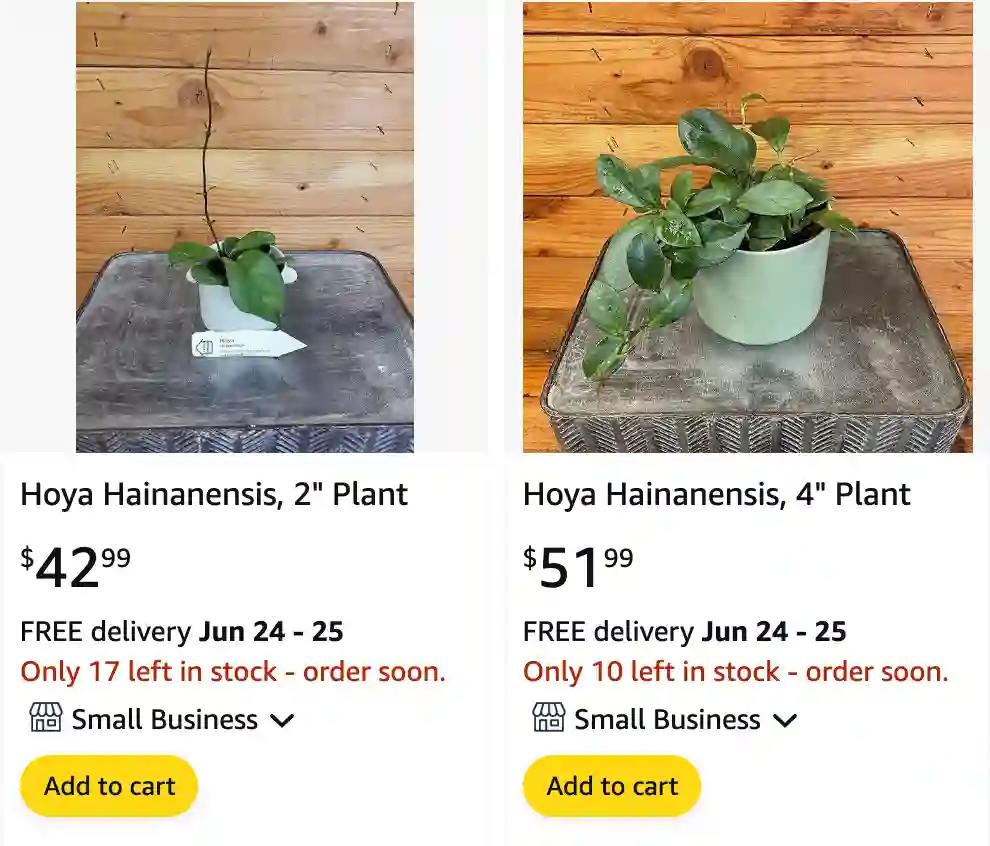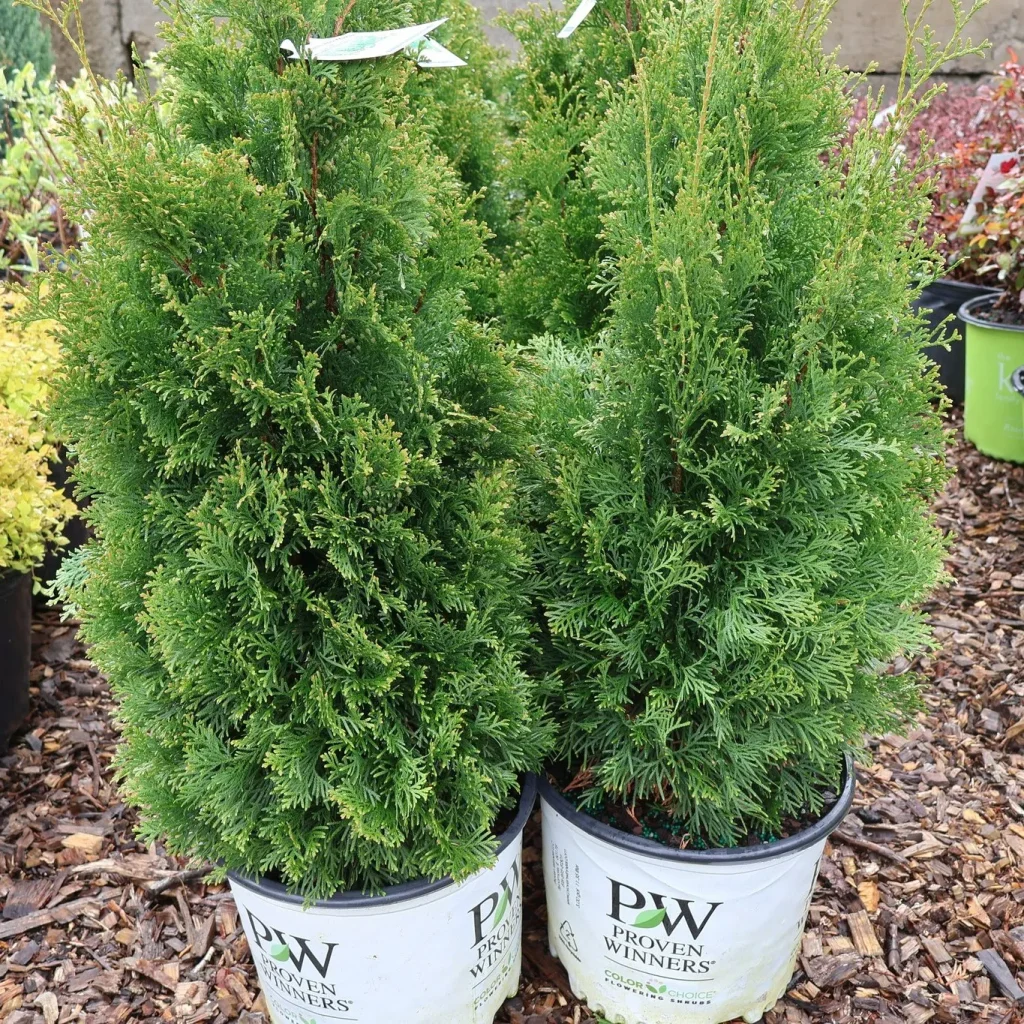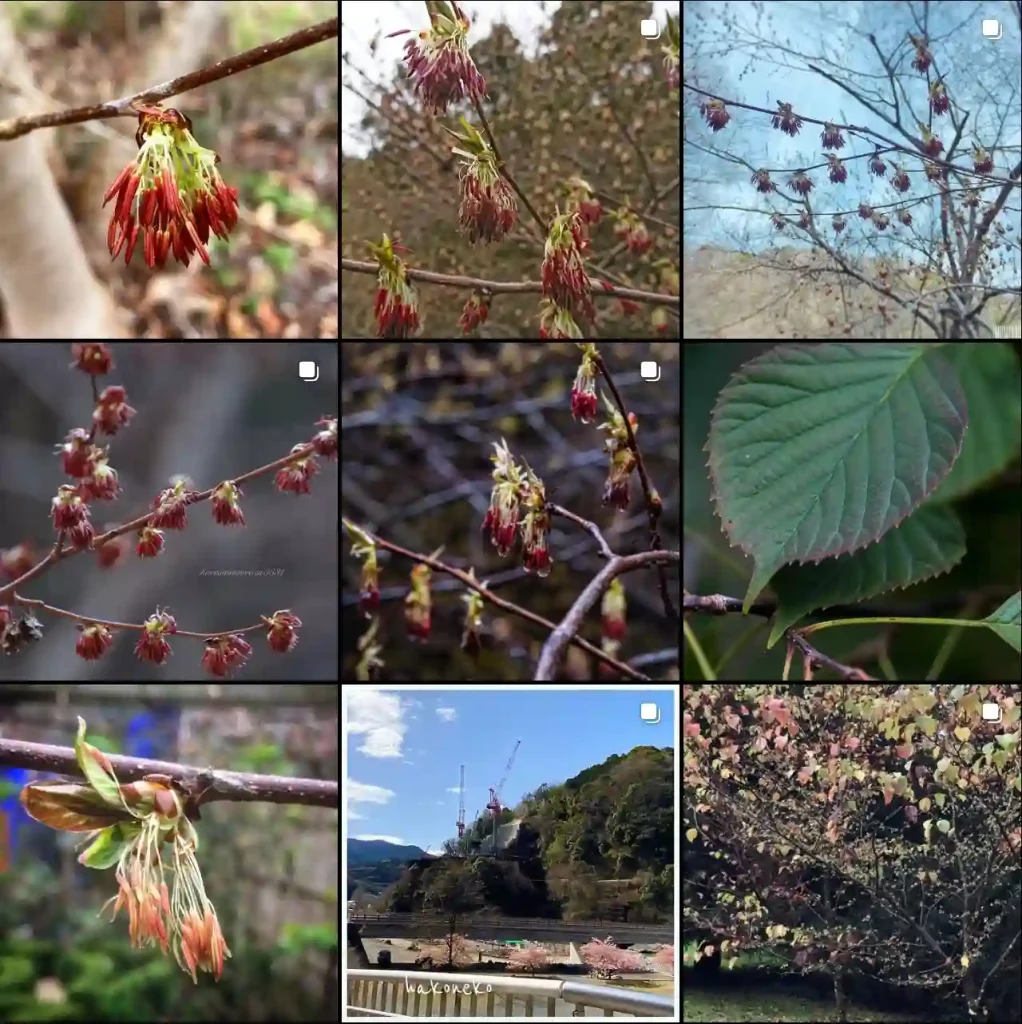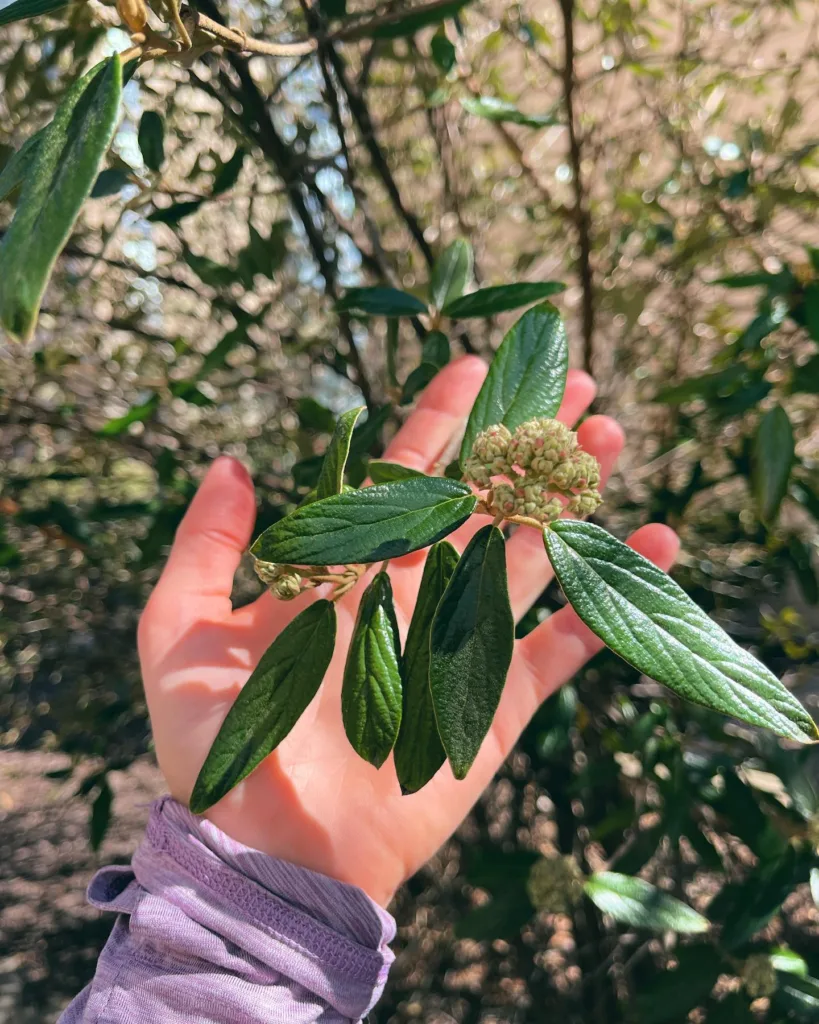
What is Hoya Hainanensis?
For any plant enthusiast, the Hoya Hainanensis holds a special charm. This captivating epiphyte, native to Vietnam (not Hainan Island as its name suggests), boasts a unique combination of stunning visuals and relatively easy care. Today, I, Ferb Vu, will delve into the world of Hoya Hainanensis, addressing the most common questions and exploring what makes it stand out.
566 Species in Genus Hoya
Light Conditions: Illuminating the Path to Growth
Hoya Hainanensis thrives in bright, indirect sunlight. Imagine a spot near a window that receives dappled morning or afternoon light. Direct sun exposure, especially during harsh hours, can scorch the delicate leaves. Conversely, insufficient light will hinder growth and potentially prevent flowering. The key is to mimic its natural, filtered light environment.
Tip: Observe your plant. Leaves that stretch towards the light indicate a need for more illumination, while pale or dropping leaves suggest excessive shade.
Watering Wisdom: Avoiding the Dreaded Drench
One of the biggest downfalls for Hoya Hainanensis is overwatering. These plants prefer their soil to dry out completely between waterings. Think of it like a refreshing drink after a long workout – they appreciate thorough watering but need time to breathe. A moisture meter can be your trusty companion, or simply stick your finger into the soil. If the top inch feels dry, it’s watering time.
Comparison Corner: Hoya Carnosa vs. Hoya Hainanensis
Both Hoya Hainanensis and Hoya Carnosa (the popular Wax Flower) are beloved for their low-maintenance nature. However, there are subtle differences in their watering needs. Hoya Carnosa can tolerate slightly more moisture, while Hoya Hainanensis leans towards the drier side.
Soil Secrets: The Foundation for Flourishing
Well-draining soil is paramount for Hoya Hainanensis. A chunky mix that allows for good aeration is ideal. Perlite, orchid bark, and coco coir are common ingredients in Hoya-friendly potting mixes. Remember, soggy soil suffocates the roots, leading to root rot.
Temperature Talk: Finding the Sweet Spot
Hoya Hainanensis flourishes in warm temperatures, ideally between 60 and 85 degrees Fahrenheit. They appreciate the gentle humidity that often comes with warmer environments. If your home tends to be on the drier side, consider using a pebble tray filled with water near your plant to increase humidity.
Fertilizer Focus: A Nourishing Boost
During the active growing season (spring and summer), a diluted fertilizer formulated for houseplants can be applied every few weeks. However, less is often more. Overfertilizing can damage the roots and hinder growth. During the winter months, fertilizing can be reduced or stopped altogether.
Organic Option: Consider using a gentle, organic fertilizer like worm castings to provide sustained nourishment for your Hoya Hainanensis.
Common Concerns: Addressing the Anxieties
Slow Growth: Don’t fret if your Hoya Hainanensis seems like a slow grower. These plants are known for their leisurely pace. Patience is key, and providing the right conditions will encourage healthy growth.
Pests and Diseases: Thankfully, Hoya Hainanensis is relatively resistant to pests and diseases. However, mealybugs and scale can occasionally become nuisances. Regularly inspect your plant and address any issues promptly with insecticidal soap or neem oil.
Flowering Frustrations: While Hoya Hainanensis boasts beautiful blooms, they may not flower consistently, especially in young plants. Maintaining proper light, avoiding stress, and providing a well-draining environment can encourage flowering.
Propagation Pointers: Multiplying the Magic
Hoya Hainanensis can be propagated through stem cuttings. Take a healthy stem with a few nodes, dip the cut end in rooting hormone (optional), and plant it in a well-draining potting mix. Patience is key, as rooting can take several weeks.
Conclusion: Embracing the Allure of Hoya Hainanensis
Hoya Hainanensis offers a unique combination of captivating foliage and fragrant blooms, making it a treasured addition to any plant collection. With its relatively easy care requirements, this Vietnamese epiphyte is a perfect choice for both seasoned plant enthusiasts and curious beginners. By following these simple guidelines, you can cultivate a thriving Hoya Hainanensis that will bring a touch of the tropics indoors.
Remember, the key to success lies in providing bright, indirect light, allowing the soil to dry completely between waterings, and using a well-draining potting mix. With a little TLC, your Hoya Hainanensis will reward you with its captivating beauty for years to come.
If i die, water my plants!



